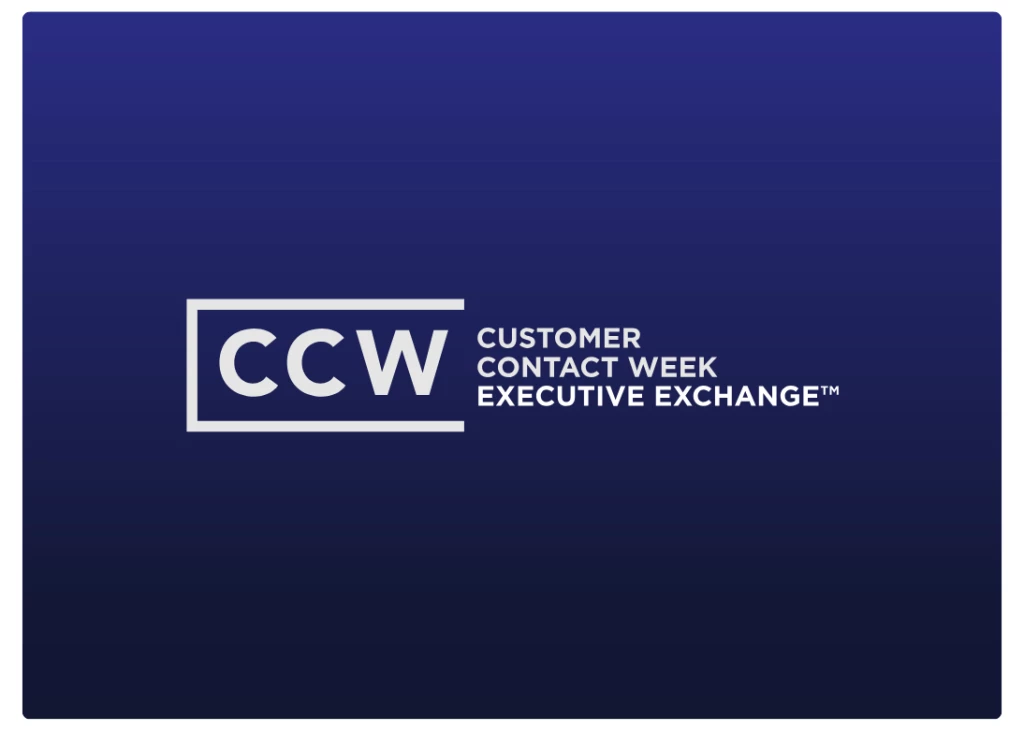Revealed: How to Calculate ROI of Social Media for Customer Service
Add bookmarkI think most of us agree that replying to and solving a negative post in a forum, twitter, facebook or any other public channel sounds like a good thing to do. But the people in your organization you need to convince might think differently. Your C-level executives will probably ask, "How is this making us more money?"
A tip: don’t go on complaining about how they just don’t "get it" and "if we’re not in social media, we’re dead". Instead, speak their language and show them the how social media for customer service delivers ROI.
[eventPDF]
Let’s start with looking at the ROI (Return on investment) formula. R is the Return andI the Investment, no return on engagement or any other dodgy terms here.
ROI=((Gains-Costs)/Costs)*100
Identify and estimate your gains
The costs will probably be very easy to accurately calculate, so let’s start with identifying and estimating the gains from customer service outreach in social media channels. Gains are split into cost savings and revenue streams, let’s look into a few ways customer service outreach can both cut some of your costs and give you new revenue streams.
- Inbound call deflection
- Direct sales
- Reduced amount of missed sales
- SEO back links
Inbound call deflection (Cost savings)
Reducing the number of inbound calls your contact center needs to handle is a cost saving exercise. Inbound calls may be e-mails, live chat, phone calls, snail mails or fax (?!)--they each have a fixed average handling cost, if you lower any of that you save money. To estimate the call deflection from social media channels, we need the following information:
- Number of mentions resolved on social channels
- Estimated reach of that mention
- Call deflection rate (this one is tricky!)
- Average cost of a call
Counting the number of resolved mentions a cross all your social media channels should be pretty straight forward. The audience is harder to estimate but the metrics we can measure, for example, are forum thread views divided by posts (com score data), your twitter followers and Facebook fans. All of these somewhat constitute your possible mention audience.
Call deflection rate (how many inbound calls were deflected due to social media customer service) is the average number that you need to first estimate and then benchmark over time. An industry standard from Dr. Natalie Petouhoffis 10%; this is, however, taken directly from P2P customer service forums (Such as Uservoice, GetSatisfaction and Salesforce). Based on my own experience I’d start out much smaller and calculate around 5% in call deflection rate.
Number of deflected calls = Total mention audience * 0.05
Your number of deflected inbound calls (DCs all channels) is calculated by looking at your total estimated mention audience for the relevant channel. This will undoubtedly differ if you compare Twitter followers as audience mention versus web site views on a particular forum thread (com score).
The only way to get your call deflection rate (here set to 5%) is to measure and benchmark it over time. If there a visible trend in deceased inbound calls compared to the number of resolutions in social channels, then this is your call deflection rate.
Cost savings are naturally calculated by the taking number of deflected calls times average cost per call.
Cost savings = Number of deflected calls * average cost per call
Direct sales (Revenue)
Now when we estimate the value of social media customer service, we’re going to look at the possible revenue streams. The value of direct sales is the first opportunity that you have. Depending on the topic of the social media communication, there may be a small or large sales opportunity. If the question is related to how to make a purchase, this is an obvious opportunity. If it’s related to a bad experience, you still have the opportunity to turn that around to something good.
This is how you could look at direct sales:
- Purchases by referral traffic of tracked link in post
All replies posted are an opportunity to include a link back to your site. Whether this may be your customer service contact form, product page, information pages etc, it can with a tracking tool in place be attributed to direct sales.
Reduced amount of lost sales (Revenue)
This one is important. Here, I’ll try to measure the impact of top-ranking negative posts in search. If you can assess and resolve these there should logically be a reduced amount of lost sales for the total mention audience.
Measuring this will be difficult but let’s wing an example; look at the domain where the mention is posted. Can you attribute any sales to this domain? Can you attribute sales to the actual mention on this domain (use your web analytics software and try to dig as deep as possible into referral sources). Is there a change in sales before and after the mention has been assessed? Can you calculate an average increased sales factor here?
Average Increased Sales = ((Referral traffic sales after - Referral traffic sales before)/Referral traffic sales before))*100
SEO back links (Cost saving)
Each link you post, unless it’s attributed with "nofollow," can help you build your page rank. Increased page rank will make your website potentially rank higher in search. We now know that links on twitter are a signal to Google, and you can see which forums that don’t put nofollow on the post links. Here you could attribute a value to what each back link is worth for you. Each link to your site will be considered as a vote for your site by search engines. More and better votes for your sites means higher rankings in the search engine results, more traffic and more revenue.
These links can come in the form of signatures, mentions, tweets, etc. Each of these links has a value, and unless you have an SEO specialist in your company who would estimate a cost saving for you, you could roughly estimate these at 1% of your global CPA (Cost per Acquisition).
Adding up your total costs for Social Media customer service
Running your contact center super charged with social media comes with a few costs, normally these would be:
- Cost for customer service agent/community manager(s)
- Cost for XY hours of data analyst(s)
- Cost for social media monitoring tool
Adding up the above (and with any other cost that you consider that you have for your social media customer service program) will give you your total costs that you need for calculating the social media customer service ROI. Your C-level executives may also have opportunity costs in the back of their mind i.e. now we’re doing social media customer service whilst we could have been doing something else. This may be something to consider as well when building your case.
Calculating your Social Media customer service ROI
Estimating the gains and costs, your number hopefully ends up being larger than zero. Of course, this model is far from bullet proof and should be seen as a guidance and as a way of building your case for getting the buy-in and go ahead for your project.
Even if you can see no deflected calls or any direct sales, the mention you solve may have been the one that else would have fuelled in a viral outrage that would have caused a social media disaster. Dell hellcomes to mind.
PS. By reading this blog post I assume that you have a fully operational social media contact centerin place. Also a big thank you to @tiroir for his contribution to the SEO part of this article.
Does social media fit into your contact center? Are you using the power of Twitter, Facebook, LinkedIn and more to reduce call volume and improve ROI? Join your peers and our experts at the Call Center Summit! Speaker & Event Details Here!
CMIQ advisor Joakim Nilsson originally blogged on calculating social media ROI here.





















